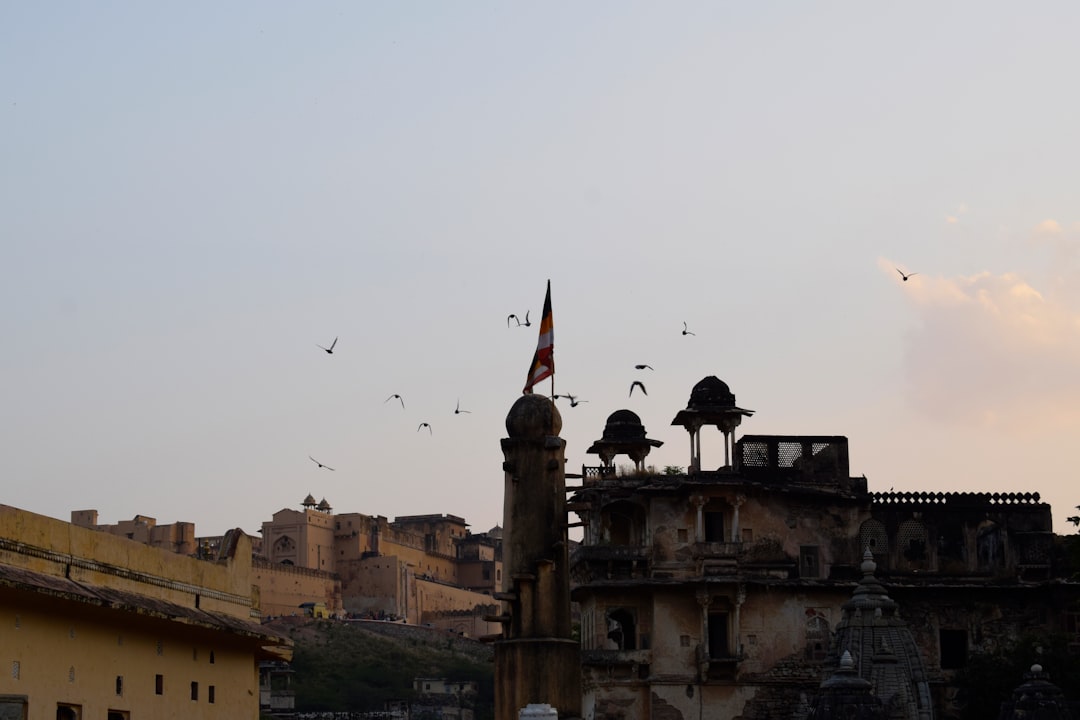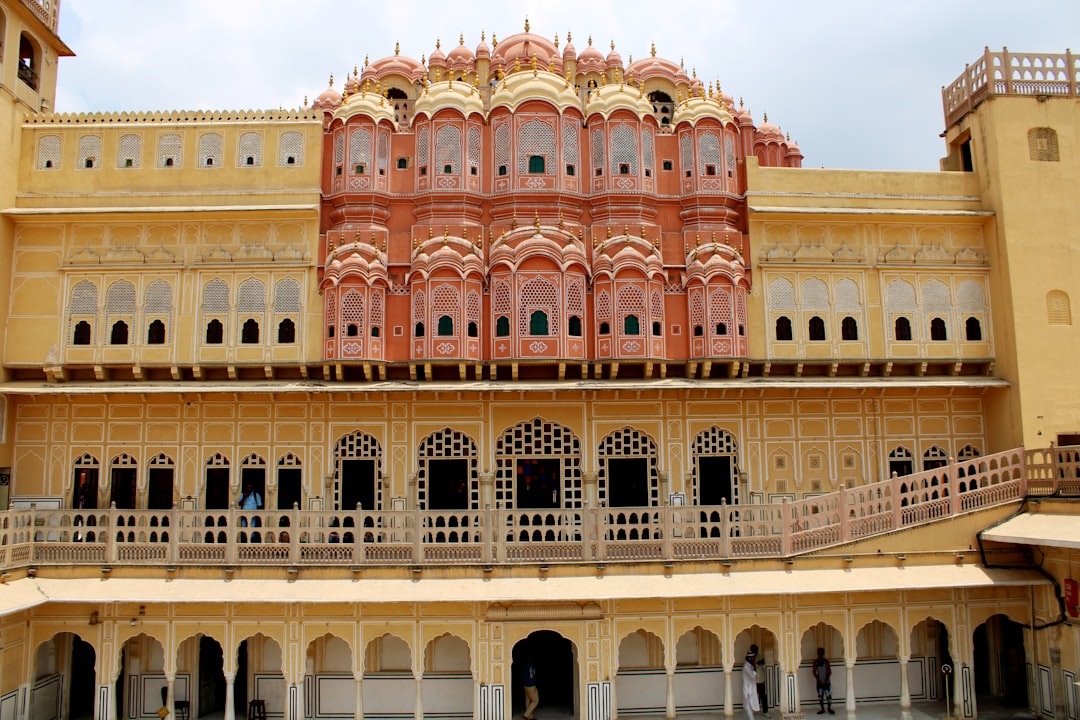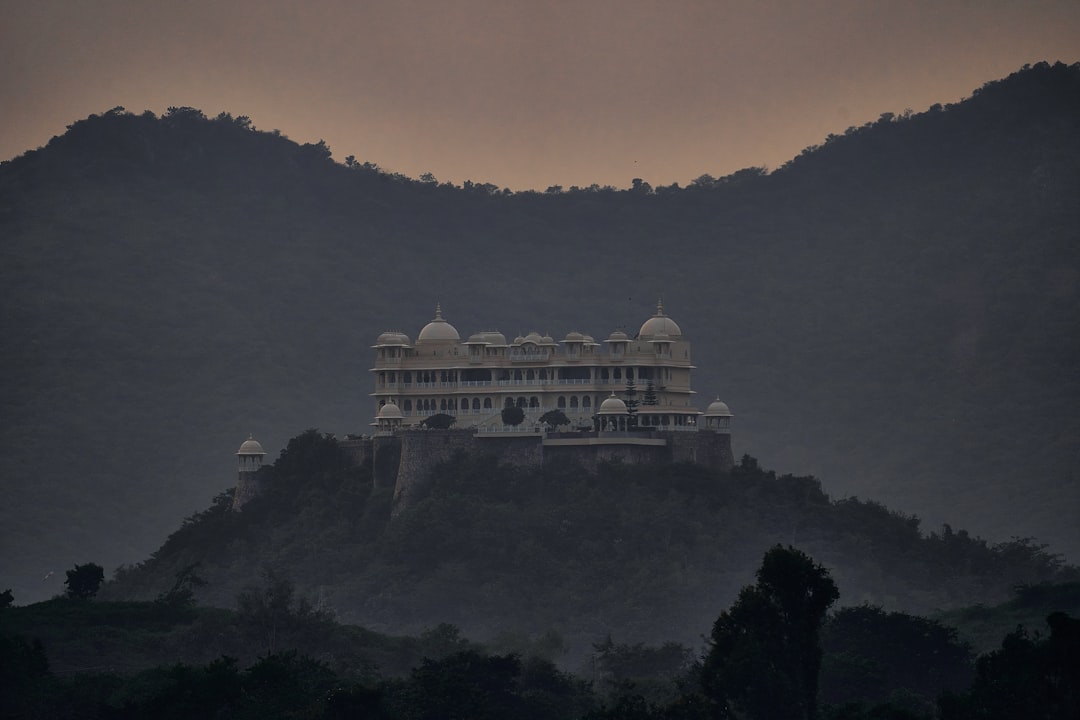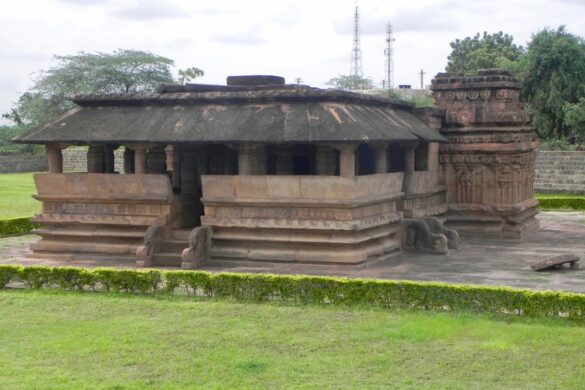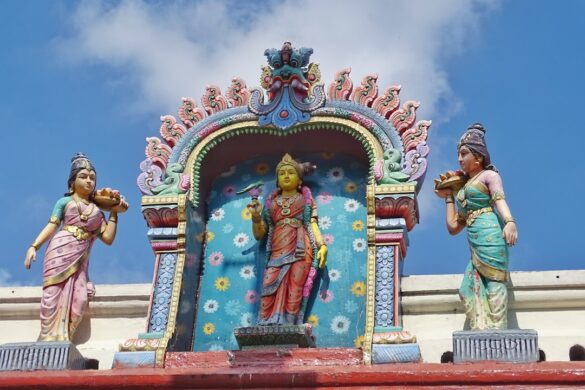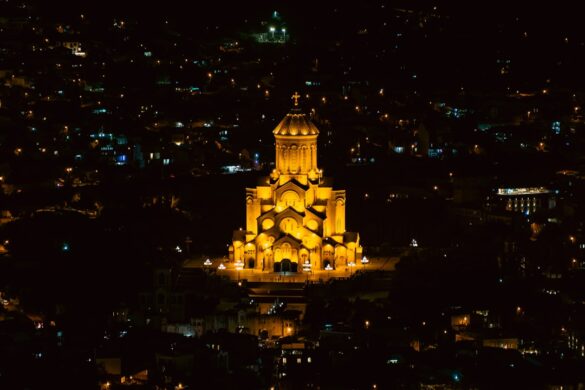Exploring India’s Magnificent Heritage Sites
India, a land steeped in rich history and culture, is home to some of the most magnificent heritage sites in the world. These impressive monuments and structures not only showcase the architectural brilliance of various eras but also tell the stories of a society that has evolved over thousands of years. In this article, we will explore some of the most iconic heritage sites in India, providing insights into their history, architectural significance, and cultural influence. Prepare to embark on a journey through time as we unveil the beauty of India’s heritage that every traveler must experience.
The Taj Mahal: A Symbol of Love
The Taj Mahal, located in Agra, is undoubtedly one of the most renowned landmarks in India and a UNESCO World Heritage Site. Built by Emperor Shah Jahan in memory of his beloved wife, Mumtaz Mahal, this stunning mausoleum is a masterpiece of Mughal architecture, famed for its white marble façade and intricate inlay work. The Taj Mahal attracts millions of visitors annually who are enchanted by its beauty and the romantic tale behind its construction.
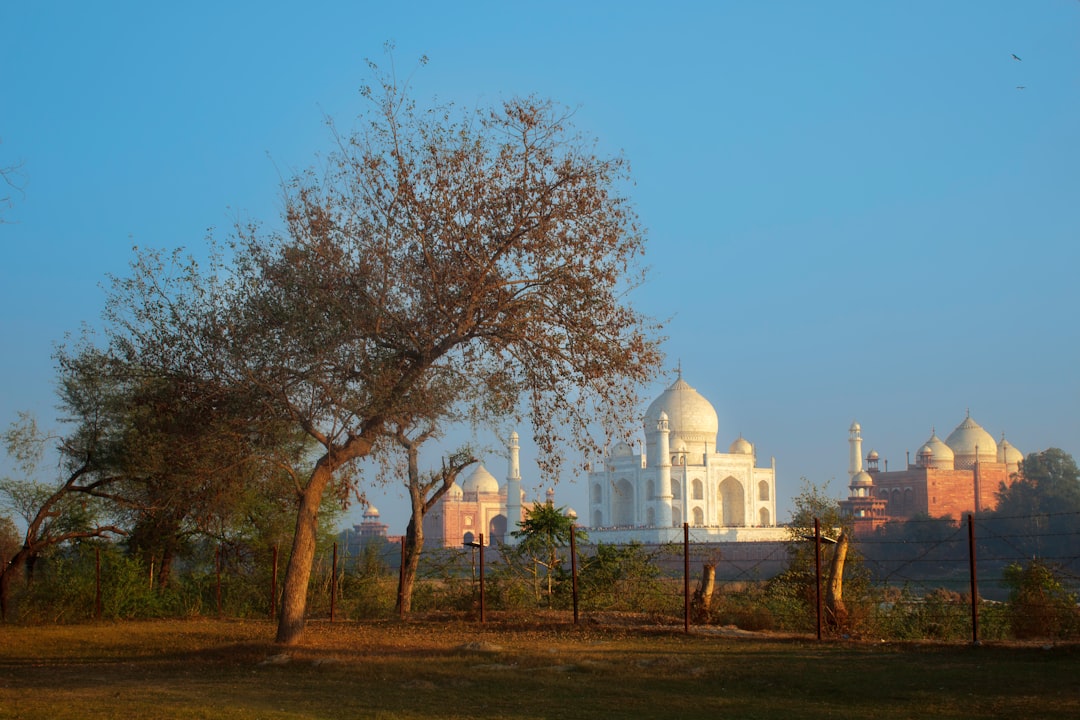
The Taj Mahal, a symbol of eternal love, draws visitors worldwide for its breathtaking beauty and historical significance.
When visiting the Taj Mahal, it’s advisable to explore the sprawling gardens surrounding the monument, which complement its grandeur. The best time to witness the Taj Mahal’s beauty is during sunrise or sunset when the changing light casts a magical glow on the marbled surface.
For an unforgettable experience, consider booking a guided tour through Viator. The knowledgeable guides will share captivating stories about the construction and history of this legendary structure.
Jaipur’s Palaces and Forts: A Royal Legacy
The Pink City of Jaipur is another prominent destination for heritage enthusiasts. Renowned for its stunning forts and palaces, Jaipur is a UNESCO World Heritage Site that celebrates Rajasthani architecture and royal history. Among the must-visit sites is the Amber Fort, known for its majestic ramparts that offer panoramic views of the surrounding hills. The fort blends Indian and Persian architectural styles, reflecting the opulence of the bygone era.
The City Palace is another stunning site in Jaipur, where visitors can admire the intricate architecture, museums, and gardens. You can even explore the Hawa Mahal or “Palace of Winds,” famous for its unique façade and the whispers of women who once observed the street festivities from behind its latticework.
As you engage in a sightseeing tour of Jaipur, you might want to book a customized experience through GetYourGuide. The platform offers various tours catering to different interests, allowing you to delve deeper into the city’s rich heritage.
The Temples of Khajuraho: A Celebration of Art
The Khajuraho Temples, located in Madhya Pradesh, are a stunning collection of Hindu and Jain temples known for their intricate sculptures and carvings. Built during the Chandela dynasty between 950 and 1050 AD, these temples exhibit an exquisite blend of spiritual devotion and artistic expression, with many sculptures depicting various aspects of life, including love, nature, and divine themes.
The temples are also a UNESCO World Heritage Site and are particularly famous for their erotic sculptures that illustrate the freedom of sensuality and intimacy in ancient Indian culture. The Western Group of Temples is the most famous, featuring the world-renowned Kandariya Mahadeva Temple dedicated to Lord Shiva.
Visiting Khajuraho is an experience that can be enhanced through customizable packages found on G-Adventures. Their tours provide insights into the history and artistry behind these incredible temples.
Delight in the Dravidian Splendor of Madurai
The Meenakshi Amman Temple in Madurai is a stunning example of Dravidian architecture and is an essential pilgrimage site for Hindus. The temple, dedicated to Devi Meenakshi and her consort Sundareshwarar, stands out for its towering gopurams (gateway towers) adorned with colorful sculptures and intricate artwork.
The stunning Meenakshi Temple stands as a testament to Dravidian architecture, captivating thousands of devotional visitors every day.

The temple complex is bustling with devotees and visitors, creating a lively atmosphere that adds to the overall experience. The intricate carvings of gods, goddesses, and various mythological figures find a space here, making it a visual feast for art lovers.
The vibrant festivals celebrated here, especially the Meenakshi Tirukalyanam, draw large crowds, showcasing the rich cultural traditions of South India. For a truly immersive experience, consider a guided tour, allowing you to dive deeper into the local religious practices and vibrant traditions.
The Hidden Gem: Rani Ki Vav, Patan
While many heritage sites in India are famous, the Rani Ki Vav (Queen’s Stepwell) in Patan, Gujarat, is often overshadowed but is equally captivating. Constructed in the 11th century, this stepwell is a testament to the architectural ingenuity of the Solanki dynasty. Its meticulous carvings and stunning architecture make it a UNESCO World Heritage Site worth visiting.
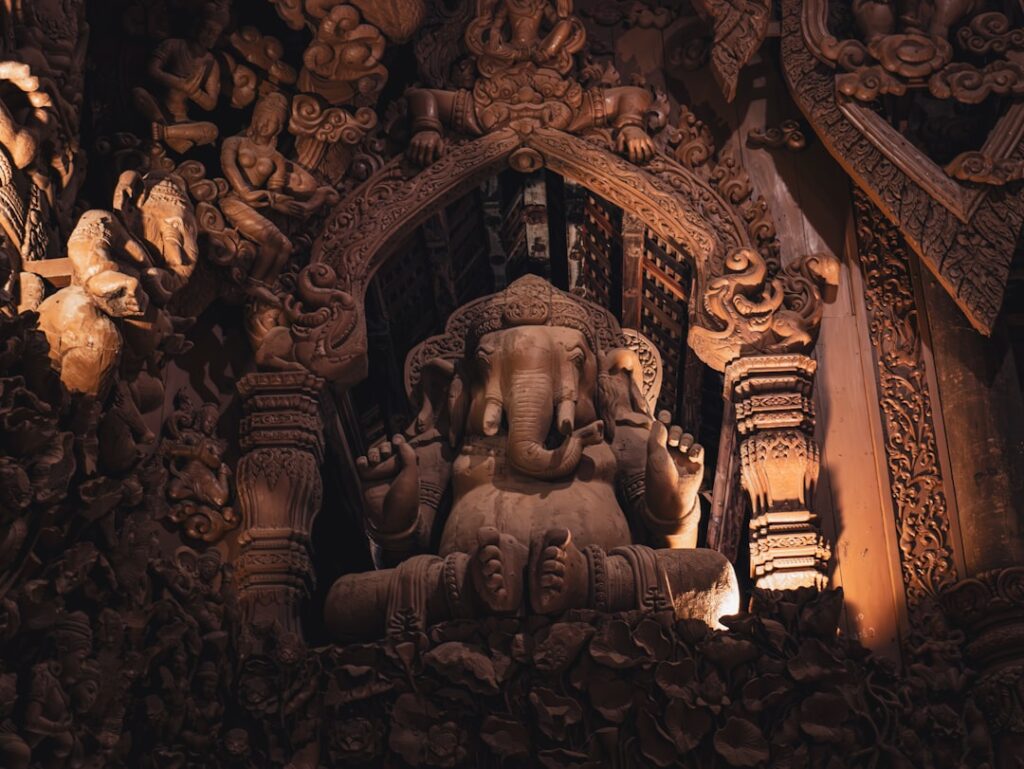
As you descend the steps of this magnificent structure, you will be surrounded by intricate sculptures depicting various deities and scenes from Hindu mythology. The atmosphere of tranquility and the brilliance of ancient craftsmanship make Rani Ki Vav a must-visit heritage site for enthusiasts and those seeking unique experiences.
To conclude your visit to this beautiful site, consider combining it with a broader cultural itinerary across Gujarat featuring other lesser-known yet equally enriching destinations.
Conclusion
India’s heritage sites are a treasure trove of cultural significance, architectural brilliance, and immersive experiences. From the iconic Taj Mahal to the lesser-known Rani Ki Vav, each site narrates stories of love, devotion, and artistry. Whether you’re a history buff, an architecture lover, or simply someone who appreciates the beauty of diverse cultures, exploring these heritage sites will surely provide unforgettable memories. So pack your bags, book your tours, and set off to uncover the magnificent heritage of India!
As you travel across the magnificent landscapes of India, consider sampling the local cuisines that reflect the rich culture and traditions of each region. The vibrant flavors of North Indian dishes like biryani and paneer delicacies, the spicy aromas of South Indian fare such as sambar and dosa, and the variety of sweets like gulab jamun and jalebi create a culinary journey that enhances your travel experience.
From the bustling markets of Delhi, where street food stalls offer chat and parathas, to the seafood delicacies of Kerala’s backwaters, Indian cuisine provides not just sustenance but stories and cultural identity. Engage with local chefs, join cooking classes, or dine in heritage restaurants to savor the true essence of Indian gastronomy.
In addition to visiting these heritage sites, participate in local festivals which often showcase traditional music, dance, and crafts. Such events are opportunities to immerse yourself in the local culture, offering vibrant experiences that showcase the diversity and unity within India’s myriad traditions.
Every corner of India has something unique to offer, whether it’s a serene sunset over the backwaters of Kerala, the majestic view of the forts in Rajasthan, or the sacred chants echoing through the temples of Varanasi. Take the time to explore lesser-known destinations that carry just as much historical weight and charm as the more famous sites.
Your journey through India’s heritage is not just a visit to tourist attractions, but an invitation to connect with its people, understand their ways of life, and appreciate the rich tapestry of emotions, beliefs, and stories that breathe life into these monuments. Prepare for an adventure that transcends time and space, allowing you to create memories that will last a lifetime.


